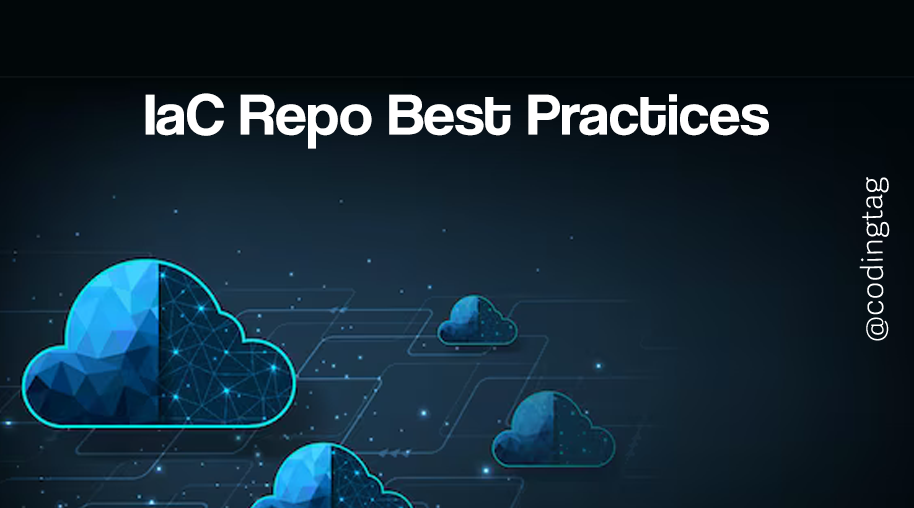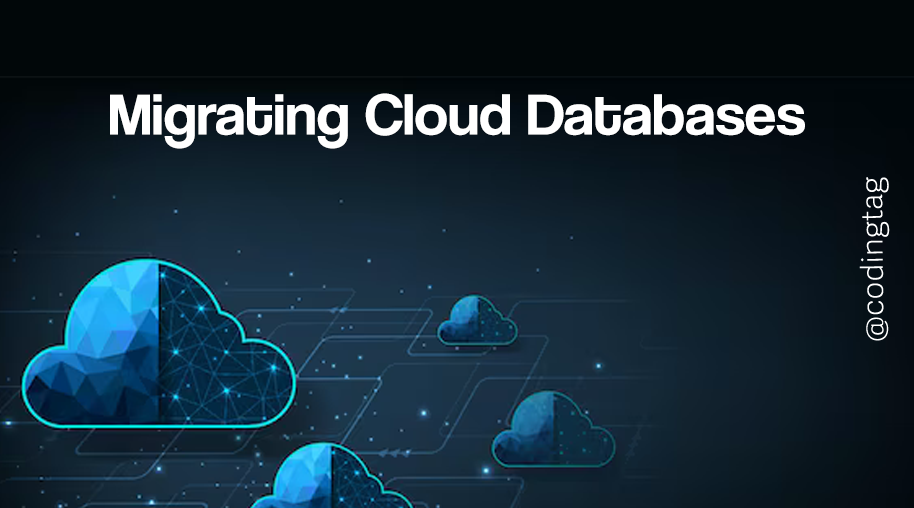AWS with Datadog
0 831
AWS with Datadog
Integrating AWS with Datadog offers powerful observability into your cloud infrastructure. From monitoring EC2 instances to tracking Lambda performance, this integration provides a single pane of glass to observe logs, metrics, and traces in real-time.
In this content, we’ll walk through why you should integrate AWS with Datadog, how to set it up, and explore key features with examples.
Why Integrate AWS with Datadog?
Connecting AWS with Datadog provides benefits like:
- Unified Monitoring: View data from multiple AWS services in one dashboard.
- Enhanced Visibility: Detect bottlenecks across services like EC2, RDS, Lambda, and ELB.
- Prebuilt Dashboards: Quickly deploy default dashboards for common AWS services.
- Security & Compliance: Monitor CloudTrail logs and IAM activity.
Supported AWS Services
Datadog supports over 70 AWS services, including:
- EC2, ECS, EKS
- Lambda
- CloudFront
- S3
- CloudTrail, GuardDuty
- API Gateway
- RDS and Aurora
Steps to Integrate AWS with Datadog
There are two main ways to integrate AWS with Datadog: via the Datadog UI or using Infrastructure as Code tools like CloudFormation or Terraform.
Method 1: Integration via Datadog Console
- Log in to your Datadog account.
- Go to Integrations > Amazon Web Services.
- Click Install Integration.
- Follow the prompt to create a new AWS IAM Role with required permissions.
- Copy the provided external ID and use this JSON policy:
{
"Version": "2012-10-17",
"Statement": [
{
"Effect": "Allow",
"Principal": {
"AWS": "arn:aws:iam::464622532012:root"
},
"Action": "sts:AssumeRole",
"Condition": {
"StringEquals": {
"sts:ExternalId": "datadog-external-id"
}
}
}
]
}
After creating the role, paste the Role ARN into Datadog’s integration screen and save.
Method 2: Using Terraform for Integration
You can automate the integration using Terraform for IaC-based setups. Here’s a basic example:
resource "aws_iam_role" "datadog_integration" {
name = "DatadogIntegrationRole"
assume_role_policy = jsonencode({
Version = "2012-10-17",
Statement = [{
Action = "sts:AssumeRole",
Effect = "Allow",
Principal = {
AWS = "arn:aws:iam::464622532012:root"
},
Condition = {
StringEquals = {
"sts:ExternalId" = "your-external-id"
}
}
}]
})
}
Sending AWS Logs to Datadog
To forward logs like CloudTrail or Lambda logs to Datadog, set up log subscriptions in CloudWatch and use a Lambda forwarder function.
You can deploy the official Datadog Forwarder Lambda:
aws cloudformation deploy \
--template-file datadog-forwarder.yaml \
--stack-name datadog-log-forwarder \
--capabilities CAPABILITY_NAMED_IAM \
--parameter-overrides \
DdApiKey=your_datadog_api_key \
DdSite=datadoghq.com
Monitoring AWS Lambda Functions
For monitoring Lambda functions, Datadog provides metrics like:
- Invocation count
- Duration (avg, p95)
- Error rates
Instrument your function using the Datadog Lambda Layer:
// Node.js example
const { datadog } = require("datadog-lambda-js");
exports.handler = datadog(async (event) => {
return {
statusCode: 200,
body: JSON.stringify({ message: "Hello from Lambda!" }),
};
});
Creating AWS Dashboards in Datadog
Datadog auto-generates dashboards for services like EC2, Lambda, RDS, and ELB. You can also build custom dashboards by selecting metrics like this:
aws.lambda.duration.max{region:us-east-1,account_id:123456789}
aws.ec2.cpuutilization{instance_type:t2.micro}
aws.rds.database_connections{dbinstanceidentifier:mydb}
Use tags for filtering and color-coded thresholds to visually highlight anomalies.
Setting Alerts for AWS Metrics
You can configure alerts based on AWS metrics, such as:
aws.ec2.cpuutilization{instance:my-instance} > 80
Datadog will send notifications via email, Slack, PagerDuty, or other integrations when the threshold is breached.
Conclusion
Connecting AWS with Datadog offers full-stack visibility, unified dashboards, and proactive alerting across cloud infrastructure. Whether you're a developer or SRE, the integration helps you catch issues early, reduce MTTR, and optimize cloud performance.
With auto-dashboards, custom metrics, and third-party alerts, Datadog is a powerful companion to AWS observability.
If you’re passionate about building a successful blogging website, check out this helpful guide at Coding Tag – How to Start a Successful Blog. It offers practical steps and expert tips to kickstart your blogging journey!
For dedicated UPSC exam preparation, we highly recommend visiting www.iasmania.com. It offers well-structured resources, current affairs, and subject-wise notes tailored specifically for aspirants. Start your journey today!

Share:







Comments
Waiting for your comments